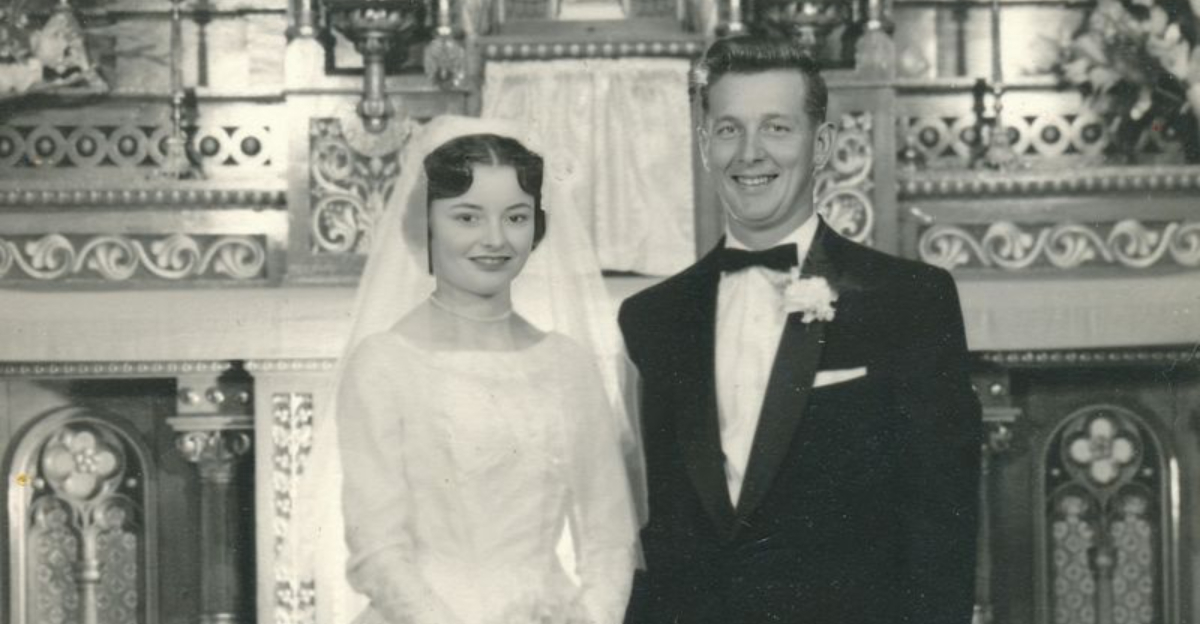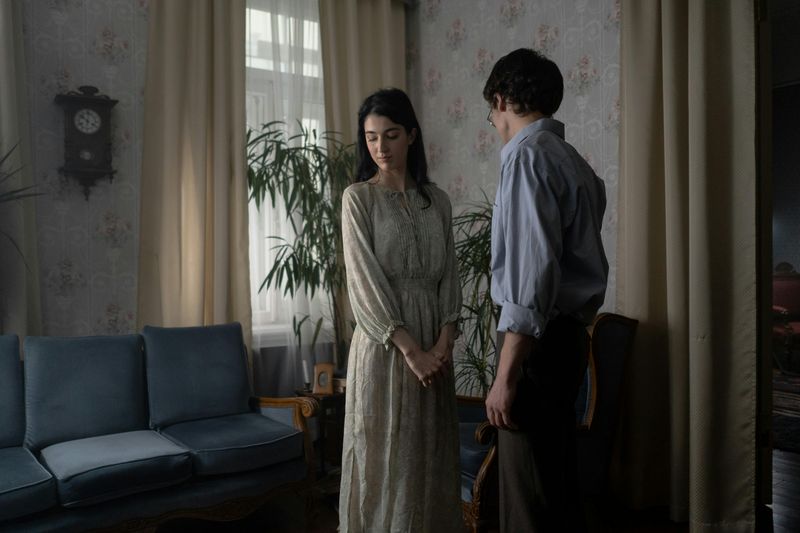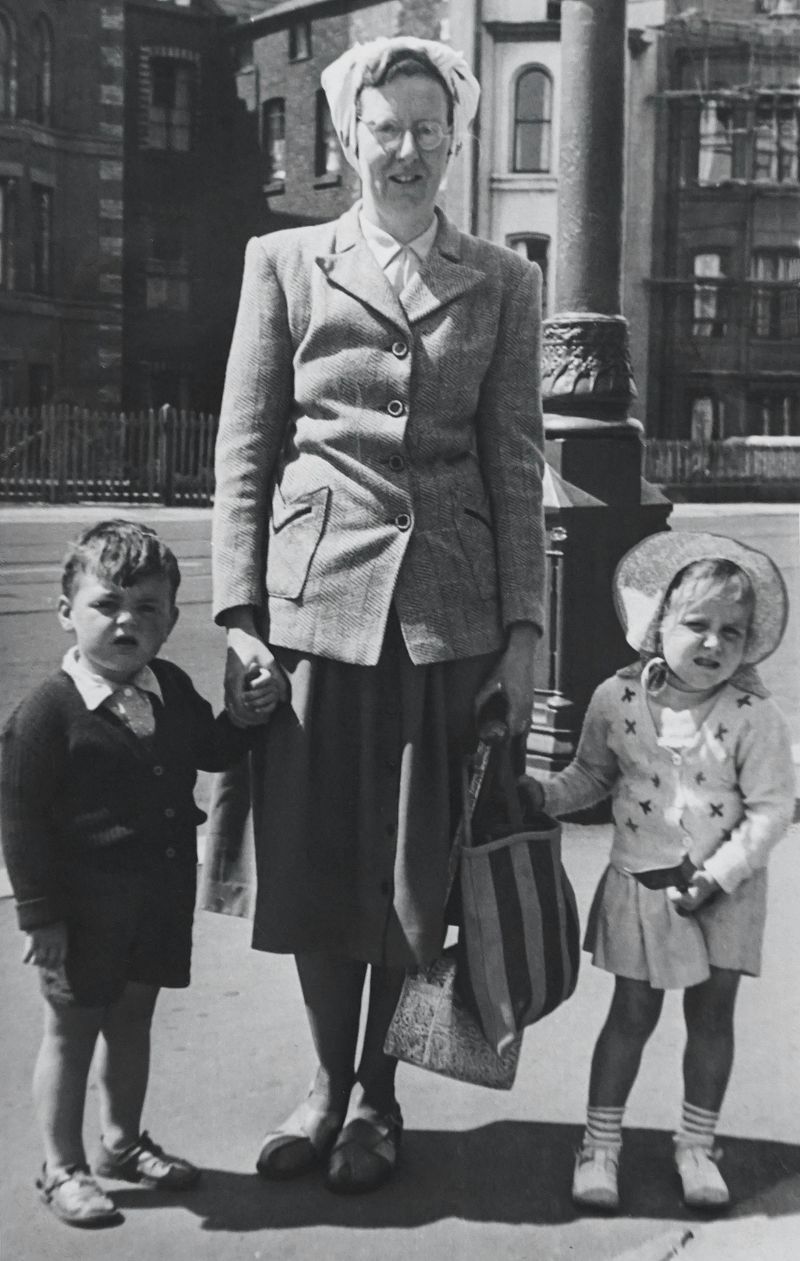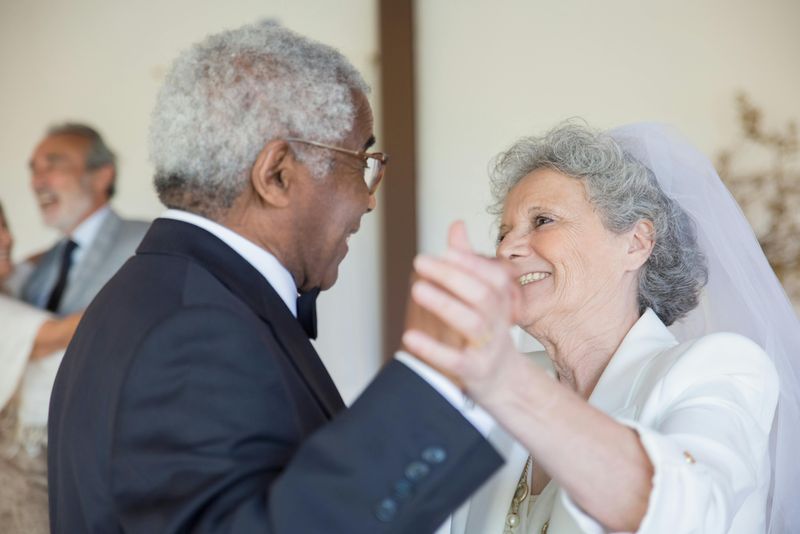Marriage in the 1950s differed significantly from today’s partnerships. Back then, strict gender roles, limited personal freedom, and societal pressure shaped marital expectations. Many beliefs from that era now seem not just old-fashioned but downright problematic. Let’s examine these outdated ideas that have thankfully evolved as we’ve moved toward more equal and respectful relationships.
1. Wives Should Quit Their Jobs After Marriage
Women were expected to abandon career aspirations once wedding bells rang. Employment was considered merely a temporary phase before finding a husband. After marriage, a woman’s proper place became the home.
This belief stemmed from the idea that working wives reflected poorly on their husbands’ ability to provide. Financial independence for women was discouraged rather than celebrated. Many capable women had to set aside talents and dreams to fulfill this restrictive expectation.
2. Husbands Control the Family Finances
Financial authority rested firmly in male hands during the ’50s. Wives typically received an allowance for household expenses but had little say in major financial decisions.
Even women who contributed to family income by working often surrendered their paychecks to husbands. Bank accounts, mortgages, and investments were managed exclusively by men. This financial control created dependency and power imbalance within marriages.
Women frequently lacked basic financial literacy because they weren’t expected to need these skills.
3. Marriage Problems Should Stay Private
Marital difficulties were considered deeply shameful secrets to be hidden at all costs. Couples suffering through serious problems had few resources for help.
The pressure to maintain a perfect façade often trapped people in unhealthy or abusive situations. Seeking professional counseling carried significant stigma. Family and friends typically advised troubled couples, especially wives, to simply try harder.
This silence around marital problems prevented meaningful conversations about relationship health and perpetuated harmful patterns across generations.
4. Wives Must Always Look Perfect for Their Husbands
Women faced tremendous pressure to maintain flawless appearances regardless of circumstances. Magazine articles advised wives to refresh makeup and change clothes before husbands returned home from work—even after exhausting days of childcare and housework.
The belief that female attractiveness was a marital duty created unrealistic standards and anxiety. Women were taught their husband’s wandering eye would be their fault if they “let themselves go.”
This one-sided expectation placed no similar burden on men to maintain their appearance.
5. Separate Beds Signal a Healthy Marriage
Many 1950s couples slept in separate twin beds, a practice actively promoted in furniture advertisements and popular media. This arrangement supposedly demonstrated proper restraint and respectability in marriage.
Television shows like “I Love Lucy” reinforced this norm by depicting married couples in separate beds. The idea reflected broader discomfort with sexuality, even within marriage.
Physical intimacy was viewed through a lens of duty rather than mutual pleasure, with separate sleeping arrangements symbolizing the controlled nature of marital relations.
6. A Wife’s Opinion Matters Less Than Her Husband’s
Women’s viewpoints were routinely dismissed or minimized in 1950s marriages. Decision-making followed a clear hierarchy with the husband’s judgment considered inherently superior.
Wives were encouraged to defer to their husbands on everything from household purchases to child-rearing approaches. This dismissal of women’s intelligence and insight wasn’t just a personal dynamic but a culturally reinforced expectation.
Marriage advice from the era explicitly instructed women to avoid contradicting their husbands or appearing too knowledgeable on “male” topics like politics or business.
7. Divorce Means Personal Failure
Ending a marriage carried devastating social consequences, especially for women. Divorced individuals faced harsh judgment, exclusion from social circles, and sometimes even job discrimination.
This stigma kept many people trapped in unhappy or abusive relationships. Religious institutions often refused to recognize divorces, adding spiritual condemnation to social disapproval.
Children of divorced parents were labeled as coming from “broken homes” and subjected to pity or suspicion. The shame surrounding divorce prevented honest evaluation of relationship health and realistic expectations for marriage.
8. Housework Is Exclusively Women’s Responsibility
Domestic labor division followed rigid gender lines with cooking, cleaning, and childcare designated as female territory. Men who helped with household chores risked ridicule for doing “women’s work.”
This belief persisted regardless of whether wives also worked outside the home. The concept of the “second shift” hadn’t been named yet, but working women still shouldered full domestic responsibilities after paid workdays.
Household management skills were considered innate female abilities rather than learned skills, reinforcing the notion that women were naturally suited for domestic servitude.
9. Wives Should Never Refuse Their Husbands Intimacy
Marital rape wasn’t recognized legally or socially in the 1950s. Women were taught that submitting to their husband’s desires was a wifely duty, regardless of their own feelings or consent.
Marriage manuals and women’s magazines reinforced the idea that refusing intimacy constituted a failure of marital obligation. This harmful belief denied women bodily autonomy and normalized coercion within relationships.
The concept of enthusiastic consent was entirely absent from discussions of marital intimacy, reflecting broader attitudes about women’s subordinate position in marriage.
10. Children Should Stay With Mom After Divorce
Custody arrangements followed strict gender assumptions with mothers automatically receiving primary custody. This reflected the belief that childcare was fundamentally female territory and fathers were ill-equipped for nurturing roles.
While this might seem beneficial to women, it actually reinforced limiting stereotypes about both parents. Fathers were denied meaningful relationships with their children while mothers shouldered parenting responsibilities alone.
The assumption that men couldn’t or shouldn’t be actively involved parents damaged family bonds and perpetuated narrow definitions of parenthood for both genders.
11. Marriage Is About Finding a Provider, Not a Partner
Young women were encouraged to select husbands based primarily on financial prospects rather than compatibility or emotional connection. Marriage represented economic security more than romantic partnership.
The ideal husband was defined by his earning potential and social status. Personal qualities like kindness, shared interests, or emotional intelligence were considered secondary considerations at best.
This transactional view of marriage set up unhealthy dynamics where men felt valued only as providers while women traded autonomy for financial support, creating relationships built on obligation rather than mutual respect.
12. Wives Should Never Contradict Their Husbands Publicly
Public displays of wifely deference were considered essential to proper marriage etiquette. Women who expressed disagreement with their husbands in social settings faced criticism for embarrassing their spouses and undermining their authority.
This expectation created artificial public personas and stifled genuine interaction. Many couples maintained elaborate performances of harmony in public while harboring resentment in private.
The pressure to present a united front meant women often silently endured offensive or inaccurate statements from their husbands rather than risking social penalties for speaking up.
13. A Good Wife Doesn’t Have Male Friends
Cross-gender friendships were viewed with deep suspicion, especially for married women. Platonic relationships between men and women were considered impossible or inappropriate.
This belief severely limited women’s social circles and professional networks. Even innocent interactions with male colleagues, neighbors, or family friends could trigger accusations of impropriety.
The assumption that men and women couldn’t maintain non-romantic relationships reflected broader anxieties about female sexuality and reinforced the notion that women existed primarily as romantic objects rather than complete individuals capable of varied human connections.













